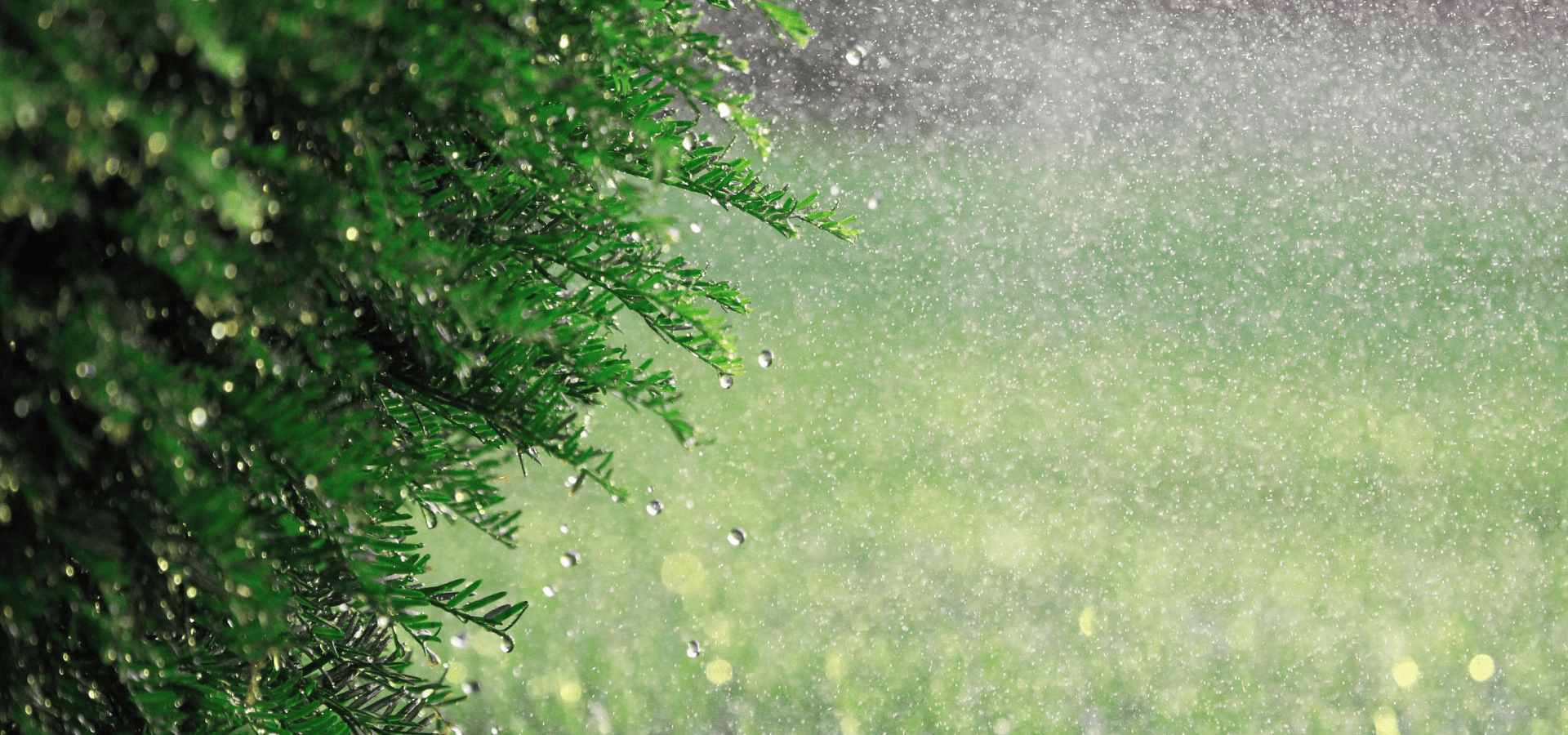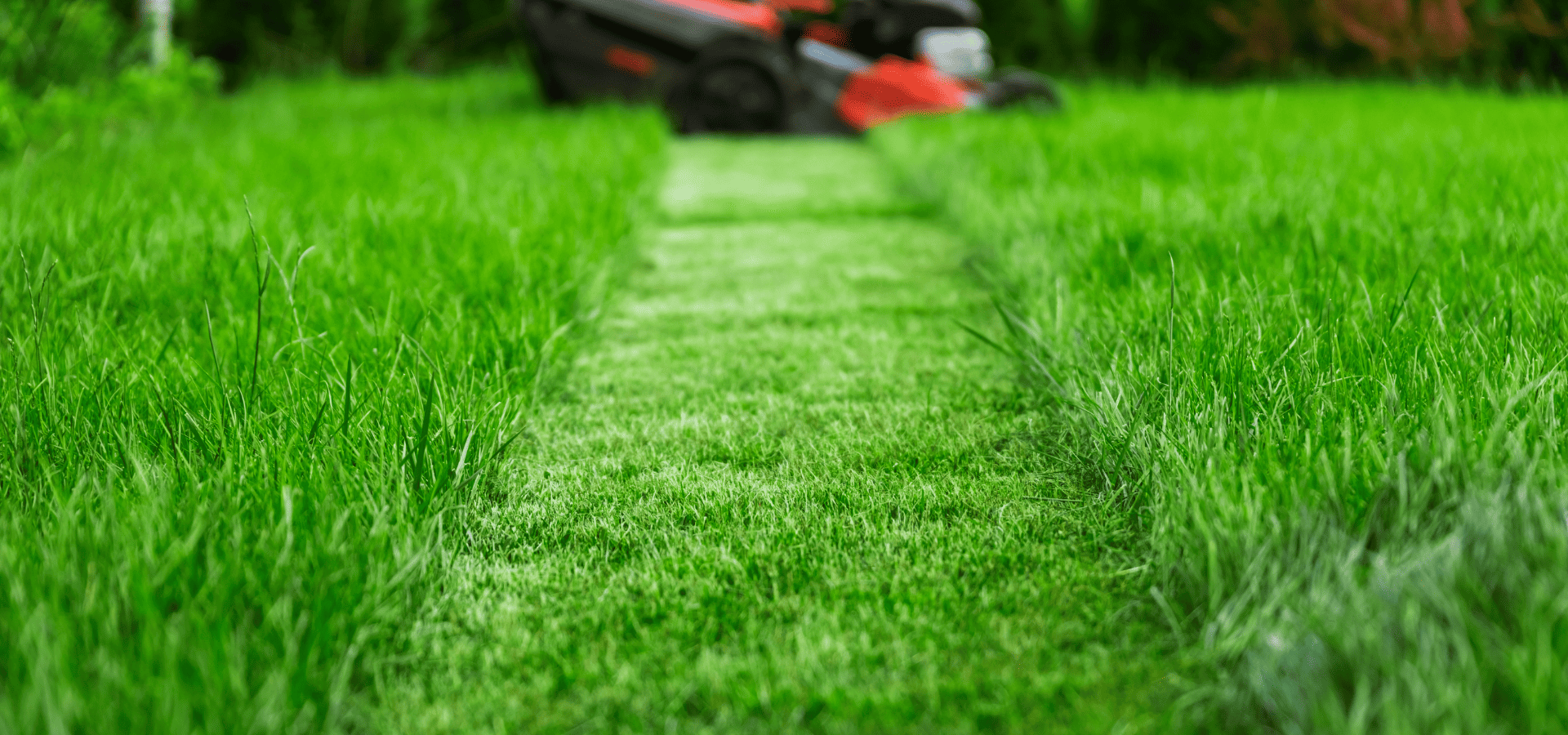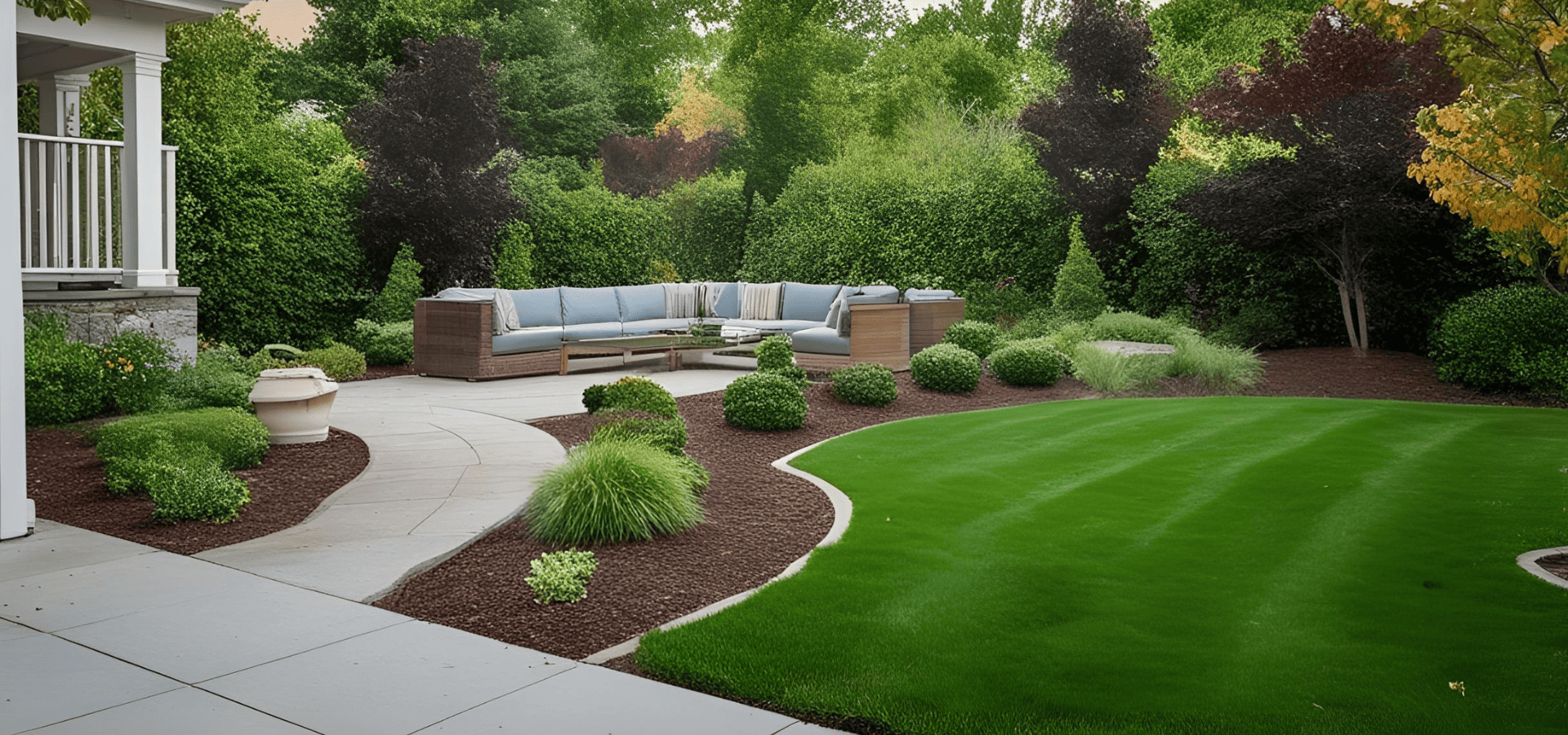Seasonal Landscape Maintenance Beginner’s Guide
Seasonal landscape maintenance enhances curb appeal. It also protects your investment and creates a beautiful outdoor living space. But, each season presents challenges. Spring blooms need nurturing, and autumn leaves need raking.
This guide covers lawn care, flower bed upkeep, tree and shrub care, hardscape maintenance, and outdoor lighting. These beginner tips will help you shape your yard through every season. When you need extra hands, call on professional landscapers to take over.
Let's dive into the details of seasonal yard maintenance, starting with spring.
Spring: Awakening Your Landscaping
Spring means temperatures rise and the days get longer. Give your yard the attention it needs to flourish throughout the growing season.
Lawn Care Essentials
Spring is a time of renewal for your lawn. It emerges from winter dormancy and begins the growth cycle. Here are the essentials for lawn care in Louisville.
- Aeration and overseeding improve soil health and grass density.
- Fertilize with a spring-specific blend to encourage growth.
- Preventing weeds starts with a pre-emergent herbicide application.
- Set a mower height of about 3 to 4 inches to promote optimal grass health.
Sprinkler System Spring Update
Once the threat of frost has passed, turn on the water supply to your sprinkler system. Inspect for damage and replace any worn or broken parts. Increase sprinkler run times as the weather warms and lawns need more water needs.
Revitalizing Flower Beds
As temperatures rise, flower beds need attention.
- Remove any remaining dead foliage from perennials to make room for new growth.
- Add a fresh layer of mulch to conserve water and suppress weeds.
- Plant annuals and bedding plants to add vibrant color.
- Fertilizing blooming plants with essential nutrients.
Tree and Shrub Care
Spring is the ideal time to tend to trees and shrubs. Pruning shapes plants and removes dead or diseased branches.
- Light Pruning: Remove dead or damaged branches to improve tree health. Gently shape plants but avoid heavy pruning during the growing season. Cutting too much can stress the tree and increase the risk of disease.
- Fertilize for healthy growth.
- Be on the lookout for and take action against common pests and diseases.
Hardscape Maintenance
Winter's toll on hardscapes becomes evident in spring.
- Clean patios, walkways, and driveways to remove dirt and winter buildup.
- Repair damaged pavers or concrete.
- Seal outdoor surfaces to protect against stains and weathering.
Outdoor Lighting
Spring is the time to assess outdoor lighting.
- Inspect fixtures for damage and replace burned-out bulbs.
- Clean light fixtures to restore brightness.
- Add new outdoor lighting for curb appeal and inviting outdoor spaces.
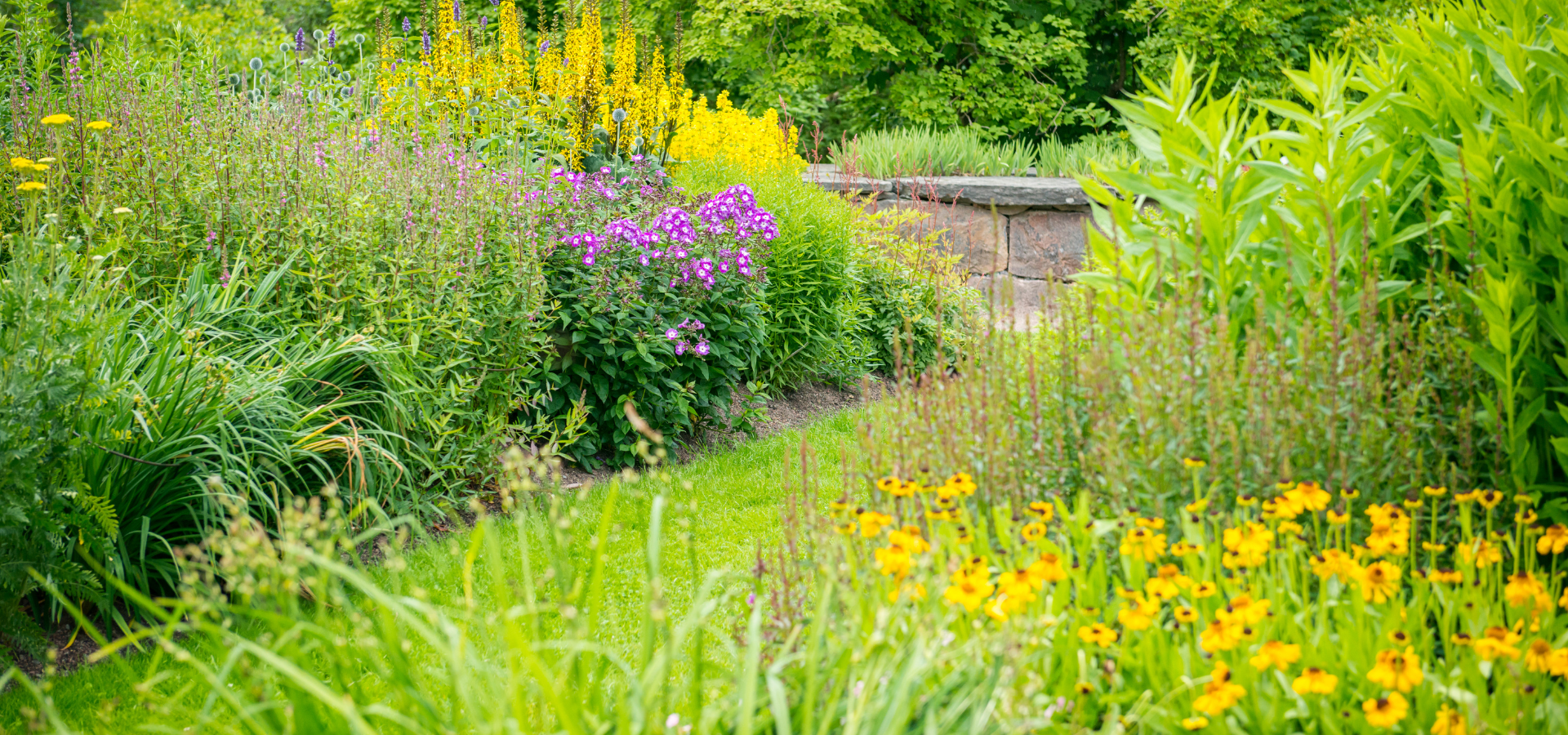
Summer: Nurturing Your Outdoor Oasis
Summer heat brings unique seasonal landscape maintenance challenges. But consistent care keeps your yard thriving during the hottest months of the year.
Lawn Care in the Heat
Keeping your lawn healthy during summer’s heat takes attention and specific care.
- Infrequent and deep watering encourages strong root growth. Try for about an inch of water per week, applied slowly to allow deep penetration.
- Water early in the morning to cut evaporation.
- Raise mower height to 2-2.5 inches for warm-season grasses to shade the soil and hold moisture.
- Avoid mowing during peak heat hours.
- Consider applying a light layer of compost (about ¼ to ½ inches). Compost insulates the soil and holds moisture. It is beneficial for lawns, but use it in the right amount. Too much can smother the grass.
Flower Bed Maintenance
Summer heat can be harsh on flower beds. Consistent care keeps plants in bloom.
- Deadhead regularly: Removing spent blooms encourages new flower growth.
- Water deeply, especially during hot, dry spells. Avoid overhead watering to prevent scorching. Instead, opt for drip irrigation systems or soaker hoses.
- Apply a layer of mulch to keep soil moisture, cut down weeds, and shade plant roots.
- Fertilize: You might not need to fertilize again until fall. But, heavy bloomers may want a light application of liquid fertilizer every 4-6 weeks.
- Protect from extreme heat: Shield delicate plants from intense afternoon sun if necessary.
Summer Care for Trees, Shrubs, Hardscapes, and Lighting
Besides tending to your lawn and flower beds, summer is time for other landscaping elements.
Trees and Shrubs
Established trees and shrubs rely on natural rainfall. But water deeply during extended dry periods. Avoid heavy pruning during summer's peak heat. Light pruning to remove dead branches is okay as needed.
Summer fertilizing isn’t necessary. But if your plants show signs of decay, a light application can help.
Hardscapes
Clean patios, walkways, and driveways regularly to remove dirt and algae. It’ll keep them looking good and remove any tripping hazards. Address any damage to pavers, concrete, or other hardscape materials as it occurs. Remove weeds from cracks and joints so they don’t take root.
Outdoor Lighting
There isn’t much seasonal landscape maintenance when it comes to outdoor lighting. You’ll want to replace burned-out bulbs. Clean fixtures for optimal brightness and appearance.
Do an occasional safety check to make sure outdoor lighting is functioning.
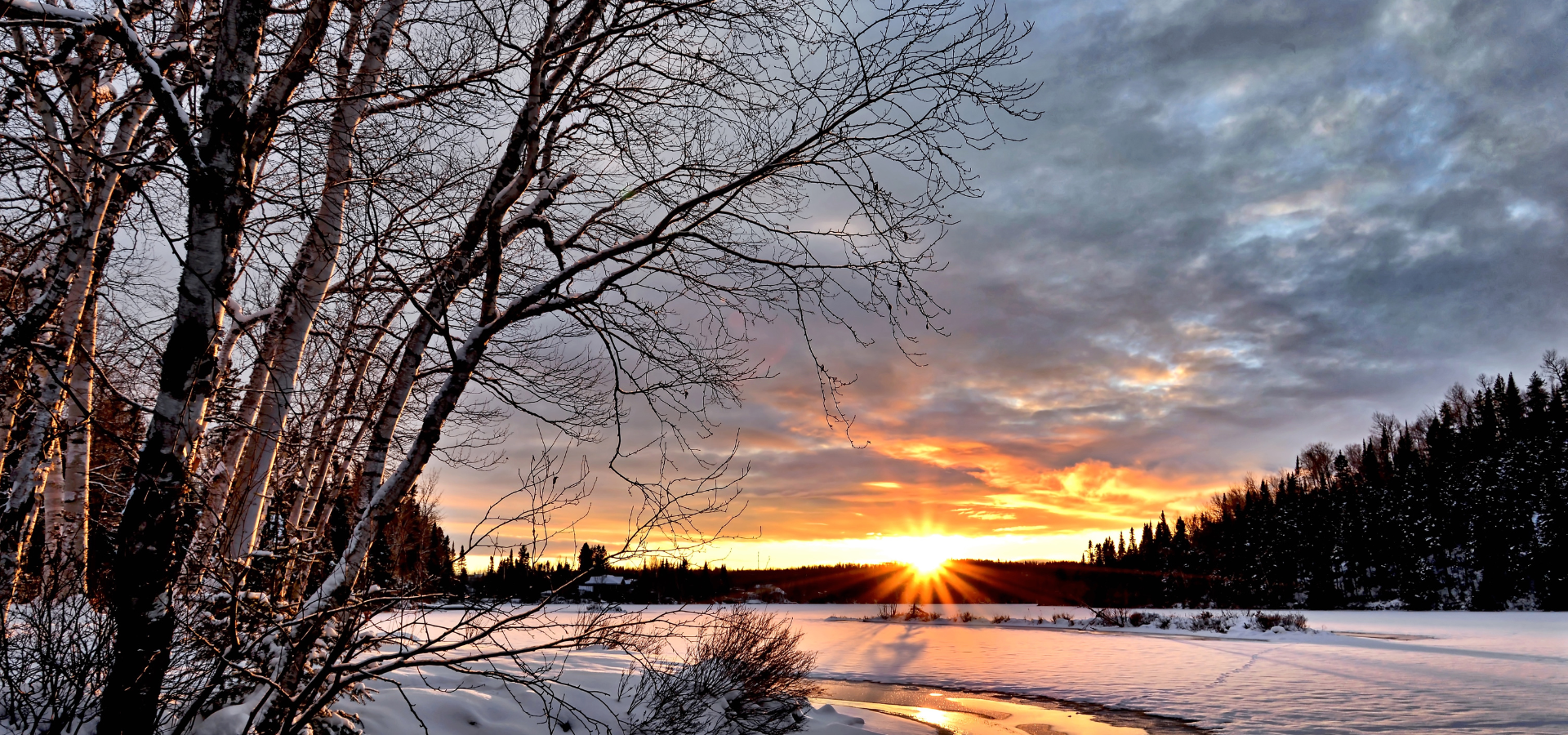
Preparing for Winter
As summer winds down and cooler weather comes, it’s time to prep landscaping for winter. Proper care now helps protect plants and prevent damage to outdoor spaces.
Lawn Care for Cooler Weather
Temperatures drop, daylight shortens, and your lawn's needs change. Seasonal landscape maintenance in the fall is all about preparation. Protecting your lawn for winter sets it up for a healthy spring green-up.
- Aeration: Loosening the soil with a core aerator improves air and water penetration to the roots. Aerating in both spring and fall is beneficial for most lawns.
- Overseeding fills bare spots with new grass seed to help thicken your lawn before winter.
- Apply a fall-specific fertilizer that promotes root growth. Hardiness in your lawn prepares it for winter's challenges. These fertilizers have a lower nitrogen content than spring versions. But they also have higher phosphorus and potassium levels.
- Leaf cleanup: Regularly remove fallen leaves so they don’t suffocate the grass.
- Gradually lower the mower height to about 3 inches as the Fall season progresses.
Flower Bed Cleanup
Fall is the perfect time to tidy up your flower beds. Cut back perennials after their first frost. Remove dead leaves and spent blooms.
Now is the time to plant bulbs like crocuses and daffodils for a beautiful spring surprise. Add fresh mulch to protect flower roots and bulbs during winter.
Winterizing Your Landscaping
Get your yard ready for winter to protect plants and prevent damage. First, protect your trees and shrubs. Wrap delicate plants with burlap or tree wrap. Mulch around plant bases to insulate their roots.
Next, prepare your outdoor living spaces. Cover or store furniture to protect it from the elements. Clean gutters to prevent ice dams. Finally, secure loose items like garden decorations to stop them from blowing away.
To winterize your sprinkler system, first shut off the water supply. Next, drain all the water from the pipes and heads to prevent freezing and damage. Finally, insulate any above-ground components like valves and backflow preventers. Take care now to protect them from the cold weather.
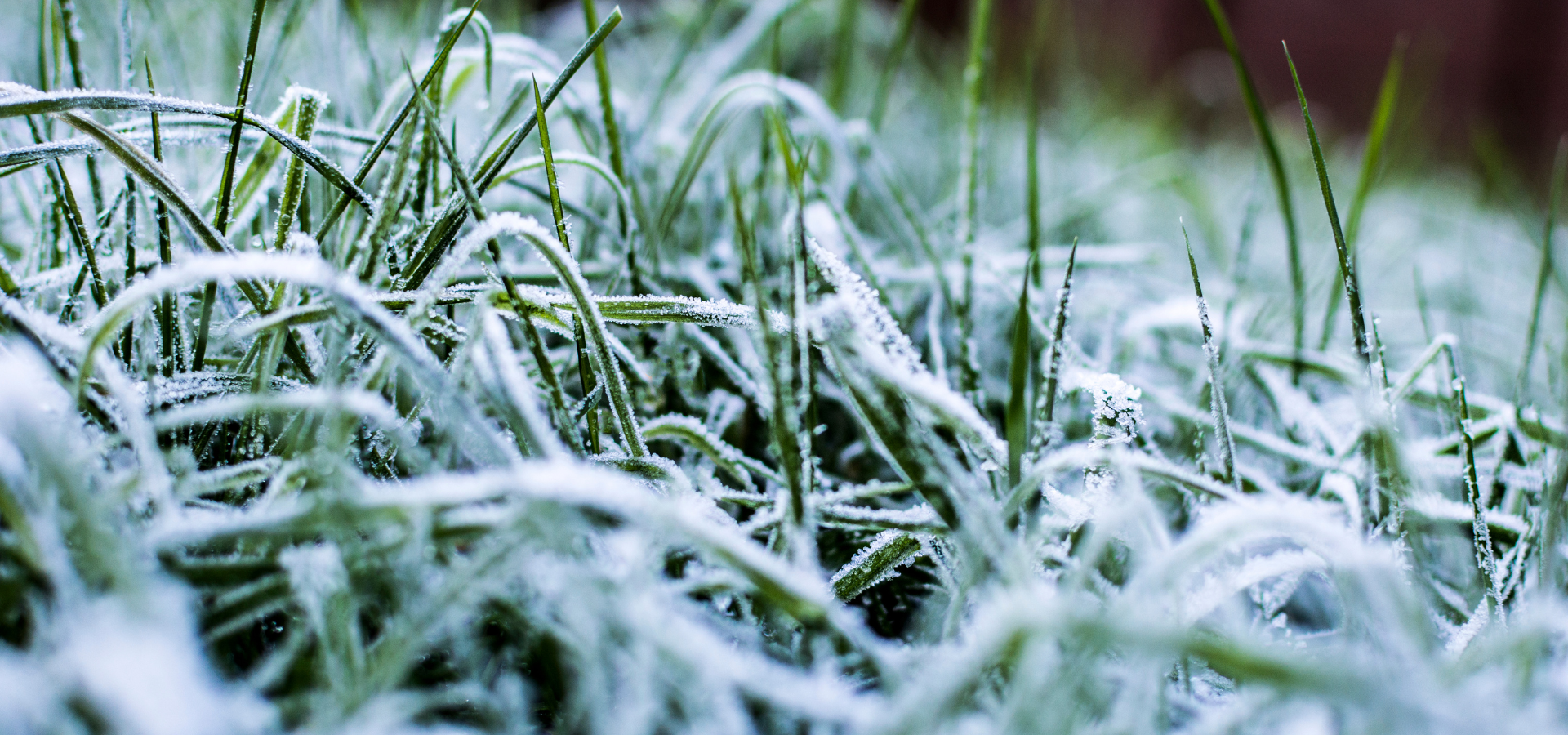
Winter: Protecting Your Investment
Winter brings challenges to your every yard. But proactive steps now pay off in the long run.
Lawn Care in Kentucky Winters
Louisville's winters can be unpredictable. But there are a few things to remember for your lawn. While grass is dormant, it still needs some attention.
- Avoid excessive foot traffic: Walking on frozen grass can damage it.
- Remove heavy snow from your lawn to prevent suffocation.
- Use pet-safe de-icers for sidewalks and driveways, but avoid excessive salt application.
Cold-weather Plant Protection
Consider using frost blankets or row covers for tender plants during winter. Also, bring potted plants indoors to a cooler location, like the garage. Keep them away from drafts and heaters.
Winter Planning: A Foundation for Spring Success
Cold days are excellent for planning and preparing spring yard and garden projects. Here's how:
- Assess your current design: Take a critical look at your yard. What's working? What's not? Identify areas for improvement.
- Dream big: Consider your long-term vision for your outdoor space. Do you envision a new patio, a vegetable garden, or an expanded flower bed?
- Research plants and design: Explore options that suit your climate and preferences. Consider creating a mood board or digital design to visualize your ideas.
- Create a budget: Determine how much you're willing to invest in your project. Prioritize projects and make informed decisions.
- Seek professional advice: A landscaping designer or arborist gives expert guidance if needed.
Seasonal Landscape Maintenance Wrap-up
A thriving lawn and garden comes from consistent care and attention throughout the year. Understand the seasonal demands and tailor your maintenance accordingly. Then, you can reimagine your yard into outdoor living rooms.
From the greenness of spring to the cozy winter retreat, your Seasonal landscape maintenance enhances curb appeal. It also protects your investment and creates a beautiful outdoor space.
Each season presents challenges. Spring’s blooms need nurturing, and autumn’s falling leaves need raking. Every yard is different. So, pay close attention to your specific plants, soil conditions, and microclimate. You’ll create a beautiful outdoor space with some effort throughout the year.
You might also like
